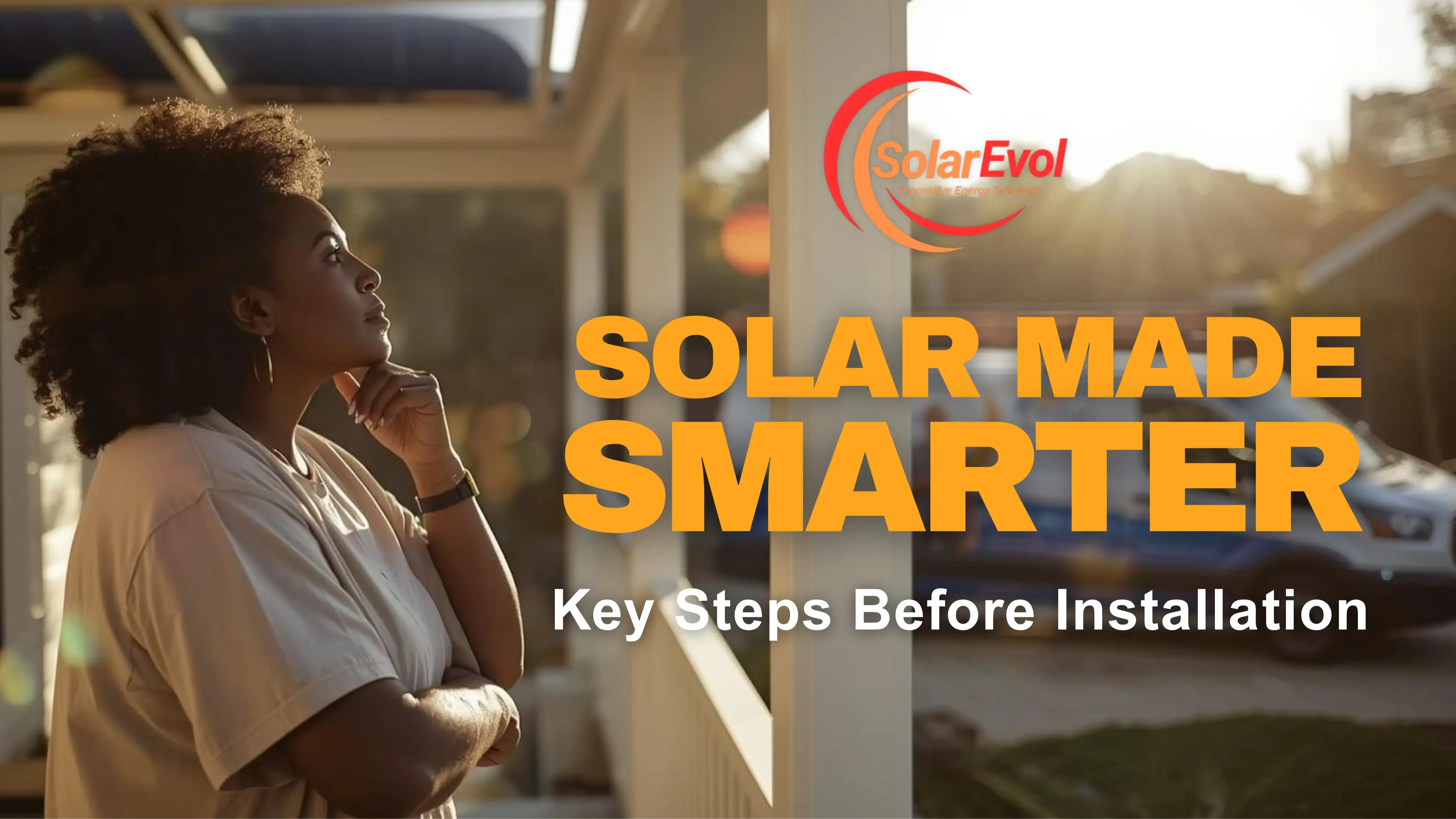
The Rise of Gridlock—And How Our Heroes Fought Back
May 22, 2025 Then the blackouts.
Then the blackouts.
Then the “voluntary conservation requests.”
Then the surge pricing, the rolling outages, and the “grid congestion fees.”
Welcome to The Age of Gridlock — where the electric grid isn’t just outdated, it’s outmatched. More devices. More EVs. More extremes. Same brittle infrastructure.
But here’s the good news: this isn’t just a problem. It’s a wake-up call. And in communities across the country, everyday homeowners, schools, and building owners are quietly becoming gridlock heroes — using solar, storage, and smart strategies to take back control.
This post is about what’s really going on behind the scenes of the grid, and how you can build resilience and impact without waiting for the utilities to catch up.
⚡ What’s Causing Gridlock?
Let’s break it down, without the utility-speak.
1. The Grid Wasn’t Built for This
Most of the U.S. power grid was built in the 1950s–70s. Since then, our demand patterns have exploded — think: air conditioners, data centers, EVs, and 24/7 everything.
🧠 What the pros know: Peak load events are growing faster than average demand. This makes grid stress worse, even if your total usage hasn’t changed.
2. Renewables Are Growing — But the Grid Can’t Keep Up
Solar and wind are booming (good!). But many parts of the grid can’t handle the influx of decentralized power — especially at midday when generation spikes.
⚠️ Result: Grid congestion, curtailment (solar being shut off), or “zero export” rules for new projects in some areas.
3. Climate Is the Wildcard
Longer heat waves, bigger storms, earlier fire seasons. More strain, more outages, and more reasons to rethink what “reliable power” actually means.
🛡️ Enter the Gridlock Heroes: What They’re Doing Differently
Here’s how savvy energy users — from households to campuses — are fighting back.
💡 1. Shifting From Passive Solar to Active Resilience
A decade ago, going solar was about lowering your bill. Today? It’s about protecting your power.
🛠️ How they do it:
- Adding batteries to store excess energy
- Using smart inverters to island from the grid during outages
- Charging EVs when solar is plentiful, not just when it’s convenient
🔋 Solar Evol Tip: Even a small battery (5–10 kWh) can keep essentials running for hours or days — and shift load away from peak grid stress.
🧠 2. Getting Strategic With When They Use Power
Net metering isn’t guaranteed. And in many areas, utilities charge 3–5x more during peak hours.
🌅 The pro move:
Use automation or time-of-use (TOU) programming to shift big loads (HVAC, water heating, EV charging) to cheaper, cleaner hours.
💡 Bonus: Some battery systems now learn your rate structure and solar patterns, optimizing automatically.
🌐 3. Participating in Local Grid Relief Programs
Yes, they exist. Some utilities now offer virtual power plant (VPP) programs, where battery owners can get paid for supporting the grid.
📎 Real-world example: In California, homeowners in PG&E’s service area can join VPPs that pay for allowing brief battery dispatches during peak hours.
✅ Solar Evol Tip: Ask if your system is VPP-ready or can be enrolled in future programs. These can turn your battery into a revenue stream.
🧱 4. Designing New Projects With “Grid Optional” in Mind
New buildings — especially in schools, multifamily, and light commercial — are being designed with islandable microgrids, built-in storage, and smart control systems.
🧠 What the pros know: Grid outages aren’t just an inconvenience — they’re a liability. Projects that stay powered win tenant trust, maintain operations, and qualify for resilience grants.
🧰 Action Checklist: How to Join the Gridlock Resistance
Whether you already have solar or you’re just starting, here’s what to look at right now:
✅ 1. Check your local grid trends:
- Are outages increasing?
- Are you on a time-of-use or demand-based rate plan?
✅ 2. Assess your backup needs:
- What really needs to stay on during an outage (fridge, Wi-Fi, A/C)?
- How long do you want to sustain off-grid?
✅ 3. Explore your battery options:
- Can you add modular storage now or later?
- Does your inverter support islanding or smart backup?
✅ 4. Know your policy landscape:
- Are new interconnection rules limiting export?
- Are incentives (like the IRA) available for storage + resiliency?
✅ 5. Design for flexibility:
- Pre-wire for storage or EVs even if you don’t install now
- Consider hybrid-ready inverters and load-shedding panels
🚀 Final Takeaway: Gridlock Isn’t the End — It’s the Turning Point
The grid isn’t collapsing. But it is evolving, and we need to evolve with it.
The era of “set it and forget it” energy is over. The future belongs to smart, resilient, flexible systems that work with the grid when it’s stable — and work without it when it’s not.
Stay connected with news and updates!
Join our mailing list to receive the latest news and updates from our team.
Don't worry, your information will not be shared.
We hate SPAM. We will never sell your information, for any reason.











